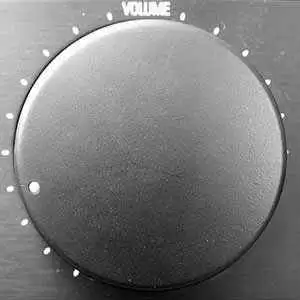Celiac.com 12/04/2013 - About 1 of of 100 Americans has celiac disease, but most cases remain undiagnosed, partly because of failure on the part of physicians to collect at least four specimens during duodenal biopsy, as per current recommendations.
 A team of researchers recently set out to determine whether physician and practice characteristics are associated with these failures.
A team of researchers recently set out to determine whether physician and practice characteristics are associated with these failures.
Celiac.com Sponsor (A12):
The research team included Benjamina Lebwohl, Robert M. Genta, Robert C. Kapel, Daniel Sheehan, Nina S. Lerner, Nina, Peter H. Green, Alfred I. Neugut, and Andrew Rundle.
For their study, the team used a large national pathology database to identify all adult patients who underwent duodenal biopsy during 2006–2009.
They used hierarchical modeling to determine whether procedure volume, the number of gastroenterologists per endoscopy suite, and the number of gastroenterologists per capita of the zip code of the practice were associated with adherence to recommendations.
The team identified 92,580 patients who met their inclusion/exclusion criteria. Patient group was 67% female, averaging 53.5 years of age.
The team received biopsy specimens from 669 gastroenterologists from 200 endoscopy suites, located in 191 zip codes, with a mean of 3.4 gastroenterologists per suite.
Multivariate analysis showed that higher procedure volume was associated with decreased adherence to specimen recommendations [odds ratio (OR) for each additional 100 procedures, 0.92; 95% confidence interval (CI), 0.88–0.97; P=0.002].
Gastroenterologists employed in suites with higher numbers of gastroenterologists reported higher levels of adherence (OR for each additional gastroenterologist, 1.08; 95% CI, 1.04–1.13; P<0.001)
However, that was not the case for a higher gastroenterologist density in the zip code of the practice (OR for each additional gastroenterologist per capita, 1.01; 95% CI, 0.99–1.03; P=0.21).
This study suggests that high-volume physicians exhibit lower rates of adherence to biopsy guidelines, possibly because of the additional time required to submit the minimum of four specimens.
In contrast, doctors working in endoscopy suites with high numbers of colleagues showed higher rates of adherence, possibly because of peer education.
Basically, doctors who do large numbers of biopsies are more likely to submit too few samples for accurate analysis, whereas doctors working in close contact with large numbers of peers are more likely to follow current recommendations, and to produce better, more accurate results.
Source:
- Open Original Shared Link





Recommended Comments
There are no comments to display.